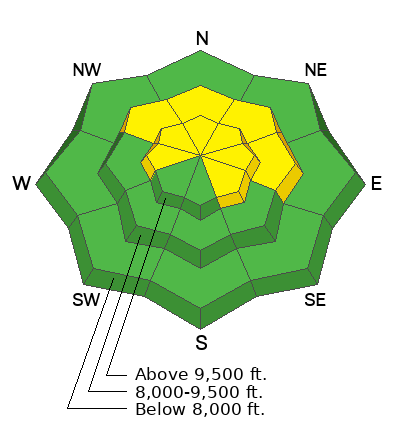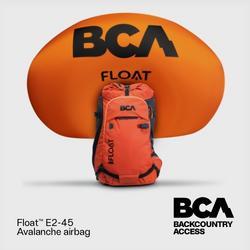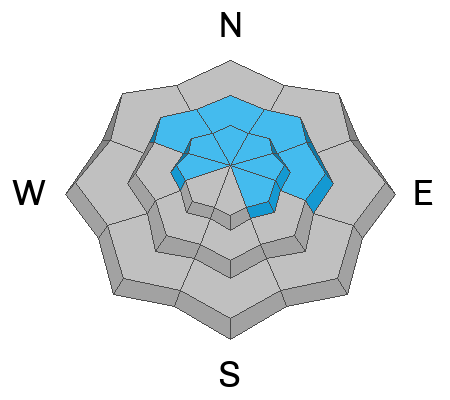Forecast for the Salt Lake Area Mountains

Issued by Trent Meisenheimer on
Monday morning, December 2, 2024
Monday morning, December 2, 2024
The avalanche danger is MODERATE on mid and upper-elevation slopes facing northwest through east and upper-elevation slopes facing southeast and west. In this terrain, human-triggered avalanches failing on a Persistent Weak Layer 1-2 feet deep and up to 100 feet wide are possible. The most suspect slopes will be ones loaded by the wind.
The best and safest riding conditions will be in wind and sun-sheltered terrain under 30 degrees in slope steepness. Here, you will avoid the avalanche danger by being on a slope less than 30°. And, just as important, you will find soft snow and can avoid hitting rocks while you turn.
The best and safest riding conditions will be in wind and sun-sheltered terrain under 30 degrees in slope steepness. Here, you will avoid the avalanche danger by being on a slope less than 30°. And, just as important, you will find soft snow and can avoid hitting rocks while you turn.

Low
Moderate
Considerable
High
Extreme
Learn how to read the forecast here




